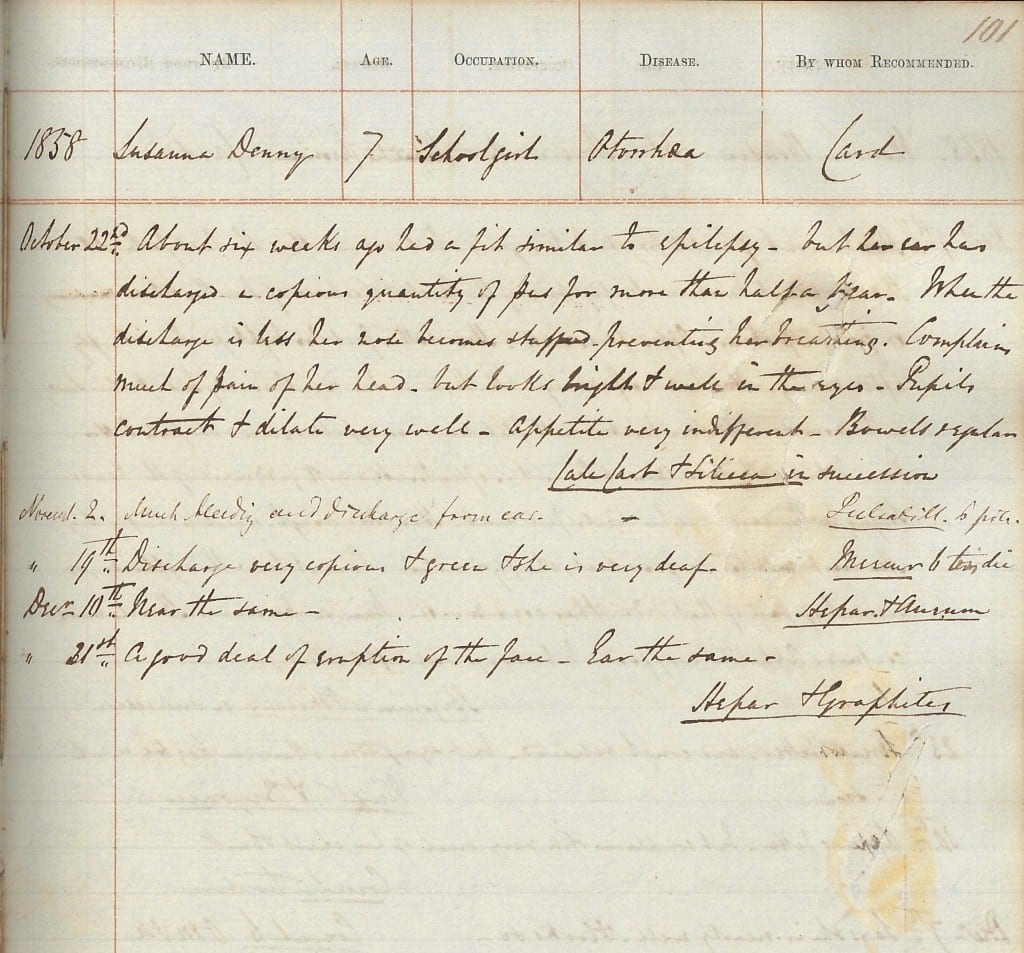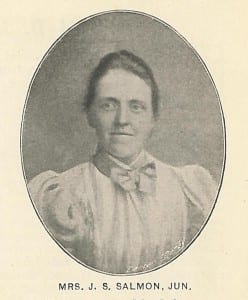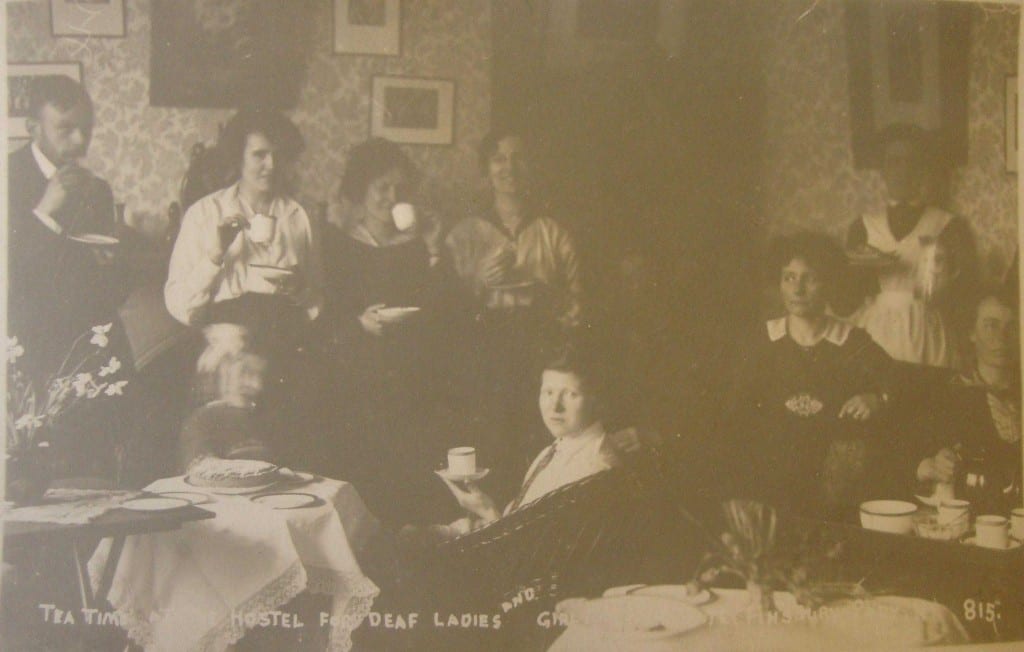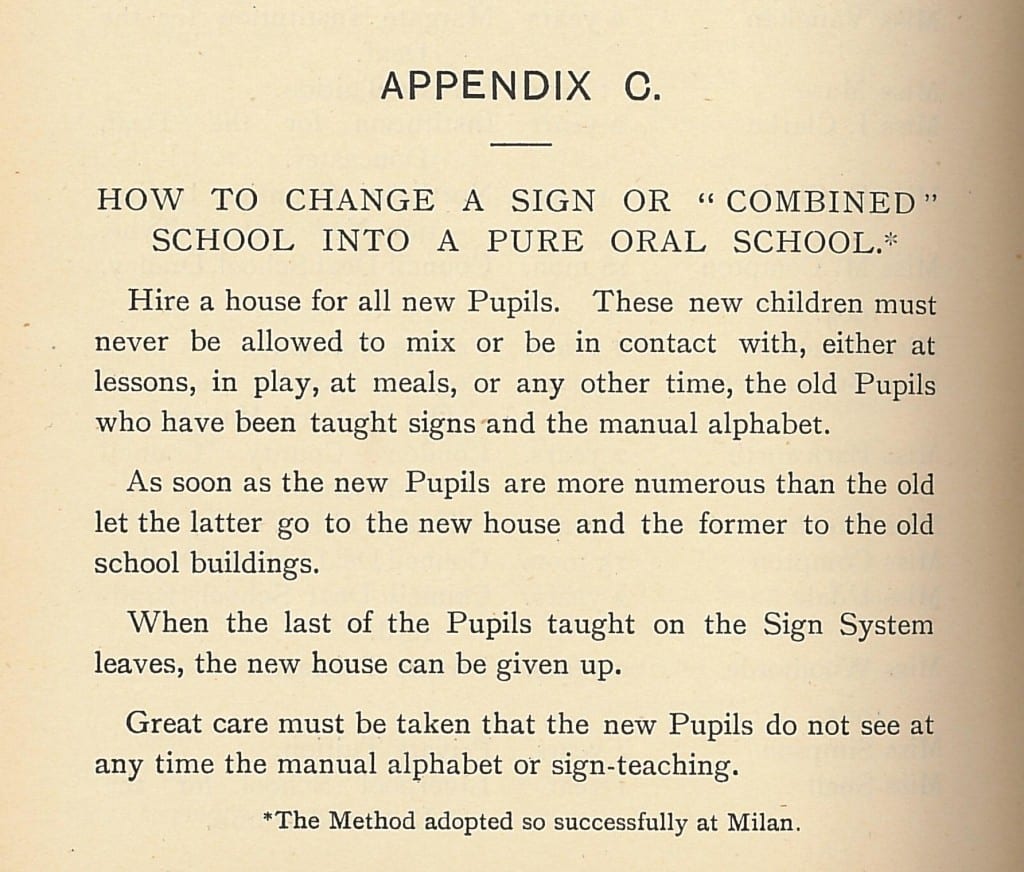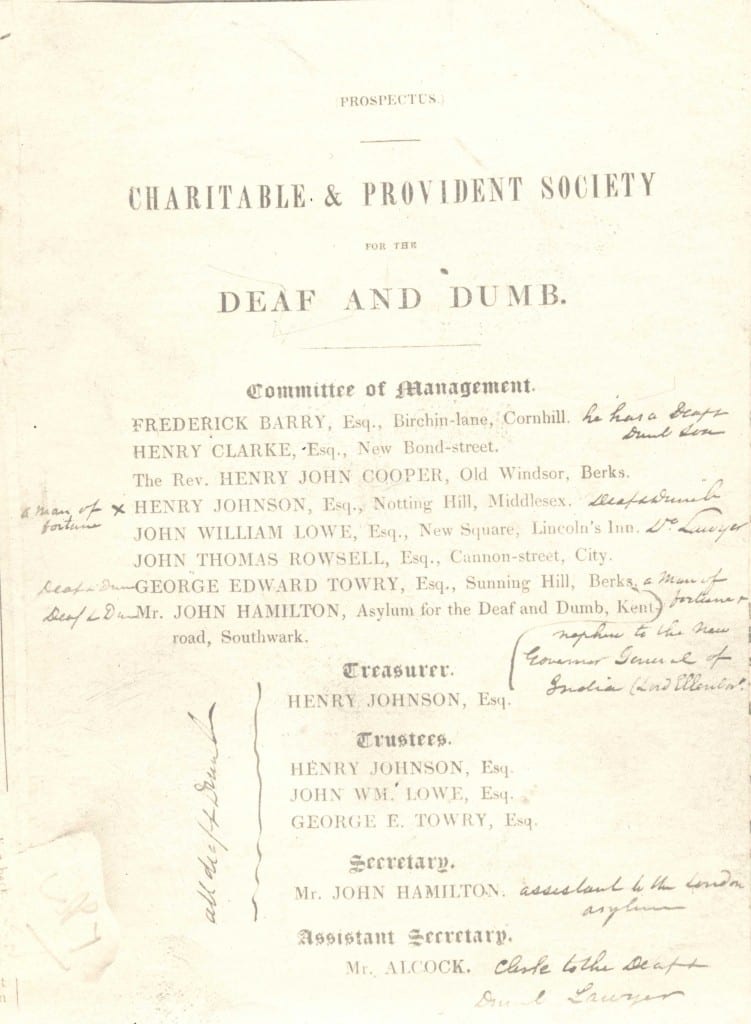Abdulla Iddleby/Ydlibi and the Cairo Deaf School
By H Dominic W Stiles, on 10 July 2015
Born in Manchester in 1871, Abdullah J. Iddleby was the son of an Irish mother and a Syrian father. Because his surname was sometimes transliterated in different ways, it is not easy to track him in online records, and I have not with certainty worked out his parents’ names, but it is possible that they were an Ali Ydlibi and Rebecca Hinchey his wife, as they married in Salford registration district in 1870, the year before Abdulla[h] was born. It is possible that Abdullah’s is the death recorded as Ali A. J. B. Ydlibi in Stockport in 1952, aged 81. If his father was Ali Ydlibi (Ydilbi) senior, he was a British subject, born in Syria which was then a part of the Turkish Empire, and I imagine may have been involved in the Lancashire cloth trade in some way.
When he was two his parents went to Egypt, and later on he was educated at a or the British Syrian School in Beirut, where he learnt Arabic (Bayrout as the article in British Deaf-Mute (1895 has it). It was while he was there that he lost his hearing, although he did retain some. Later on the article, which is by one ‘Agnes’, it says that he was taught by Alexander Melville, “for the past two years” as a private pupil. He must have been a student/teacher as he is described as having taught at Llandaff. Our records of Llandaff are not complete and a quick look did not show his name, perhaps as it was for a period when we have no annual reports. The peculiar thing is that Melville died in 1891, so someone is confused here.
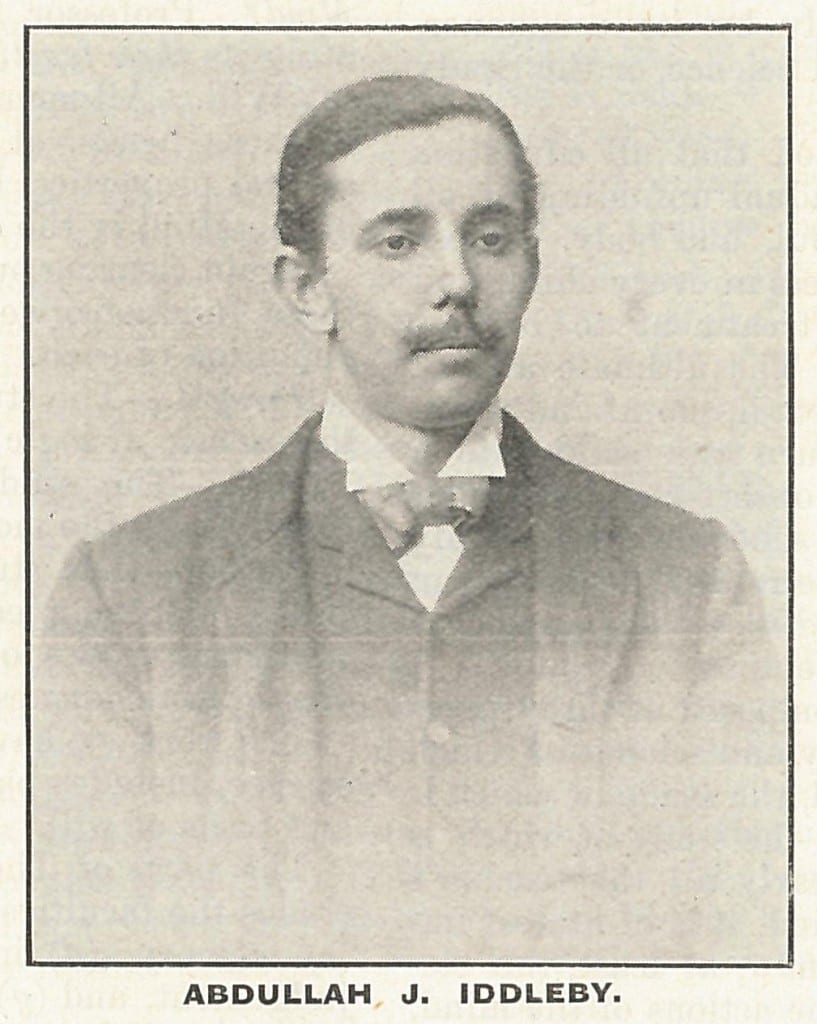 Abdullah, who would seem to have been from a Christian family, kept up a correspondence with missionaries in Egypt, who had said there were many Deaf people who were not being educated. Arthur Upson from a previous blog entry, is not mentioned, but must have known Abdullah later on.
Abdullah, who would seem to have been from a Christian family, kept up a correspondence with missionaries in Egypt, who had said there were many Deaf people who were not being educated. Arthur Upson from a previous blog entry, is not mentioned, but must have known Abdullah later on.
The Nile Mission Press for 1906, Blessed be Egypt, says this –
The Class for Deaf and Dumb Boys, which we opened about two years ago, under Mr. Abdullah Iddleby, has been remarkably successful in the matter of general instruction, and the progress of the boys has been extraordinary. But the number of pupils has always been small ; the parents will not send their boys, as they do not believe until they see for themselves that such instruction is possible, and so we recently came to an arrangement with a leading Copt at Zagazig, Paris Effendi Yusef, who will provide a house, etc., and give the opportunity of trying it as a Boys School. Any friends who know of deaf and dumb boys will do well to communicate with Mr. Iddleby, c/o Paris Effendi Yusef, Zagazig.
I suspect that he taught with the combined method, which was used at Llandaff.
He worked with the Church Missionary Society, who proveded a room in in Sharia Muhamed Ali for a year and a half, with Iddleby having five pupils. The work was supported by Lord Cromer, but when he left Egypt it ended. He started up again with support of the Pasha (Idris Ragheb) and Egyptian authorities, in the same street, later having 13 pupils. “His Excellency Idris Pasha is indeed a shelter in a weary land, as far as the deaf and dumb are concerned” says “Pharos” in The British Deaf Times (1909). Clearly there was an underlying proselytizing element to these early schools, but perhaps the children were from coptic families.
There were other earlier attempts to start education for Deaf children in Egypt. Miles (2005, see link below) says,
Volta Bureau records (1896; 1900, 1901) noted that “Schools are also reported to exist in Algiers and Syonfieh, Egypt”, and listed three teachers and 37 pupils at Algiers in 1900, 2 teachers and 6 pupils in Egypt in 1901. A Cairo source had a school for “Blind and Dumb” [= Deaf] opening in 1874 and reporting annual data for some years (Heyworth-Dunne, 1968, p. 390).
A footnote adds the following –
Knowledge of this 19th century work now seems absent from the deaf education world in Egypt, where it is believed that the first school for the deaf was started in 1936. However, a news item “In Cairo” (1909) noted “the establishment of a school for the deaf in Cairo, where it has for three years had a prosperous existence.” A Volta Review article tells of Mme. Sémély Tsotsou founding “L’Ecole L’Espoir” (The Hope School) for 30 deaf children at Alexandria in 1934 (“A School for the Deaf in Egypt”, 1941), with photograph and details of one deaf pupil, nine-year-old Andrée, who had made good progress in speaking French. Another item in 1947 noted that Egypt had then a school for about twenty children at Cairo, a government school “being launched at Alexandria”, and a private school run by “a Greek lady, Madame Semely Tsotsou”, who was also responsible for training 15 Egyptian teachers (“The Deaf in Egypt”, 1947). One small deaf girl, Athanassia Boubouly, is pictured there with her teacher. Lababidi & El-Arabi (2002, pp. 9, 38-43, 101-103, 146-48, 176) collate useful evidence for current activities by and for deaf Egyptians, including interviews with two deaf mothers (the artist and actress Hanan Marzouk, and the Sign specialist Hanan Mohsen), some Deaf organisations, and a Deaf Theatre director. Early information on the school at Algiers has also not been readily available. A brief note in 1927 reported the installation of M. Ayrole in place of the retiring principal M. Rolland (Lamarque, 1927).
 How long Iddleby stayed in Egypt, I have no idea. If anyone comes comes across him in any records, please update us below.
How long Iddleby stayed in Egypt, I have no idea. If anyone comes comes across him in any records, please update us below.
Abdulla[h] married Edith E Keay in Stockport in 1915, and she died in 1943.
http://dspace.wrlc.org/view/ImgViewer?url=http://dspace.wrlc.org/doc/manifest/2041/32130
http://dspace.wrlc.org/view/ImgViewer?url=http://dspace.wrlc.org/doc/manifest/2041/35372
Both those articles are based on British Deaf Mute and British Deaf Times articles.
Marriages Dec 1915 Keay Edith E and Iddleby Abdulla J S, Stockport 8a 82
Deaths Jun 1943, IDDLEBY Edith E 71 Hyde 8a 118 (for both see the Free BMD)
Deaf People Living and Communicating in African Histories, c. 960s – 1960s
http://www.deaf-atlas.org/index.php/en/egypt
The Deaf of Egypt, British Deaf Mute, 1895, p.39, vol 5 no.50
Pharos, The Deaf and Dumb of Egypt, The British Deaf Times, 1909, Vol. 6 no.65, p.97-99
Roe, WR., The deaf and dumb in Egypt, in Peeps into the Deaf World, 1917, p.204-6
 Close
Close











